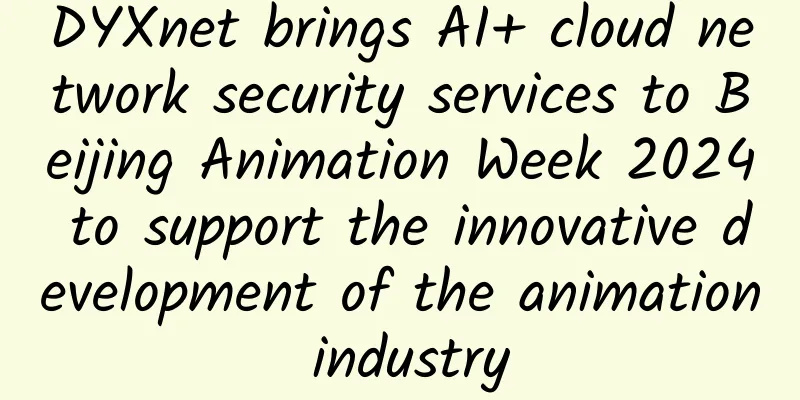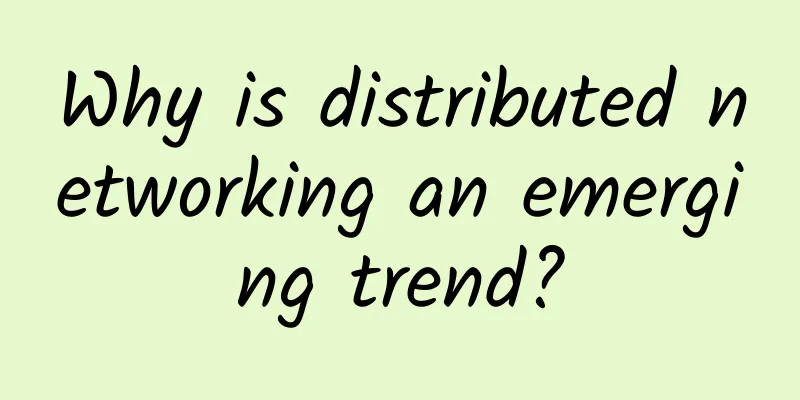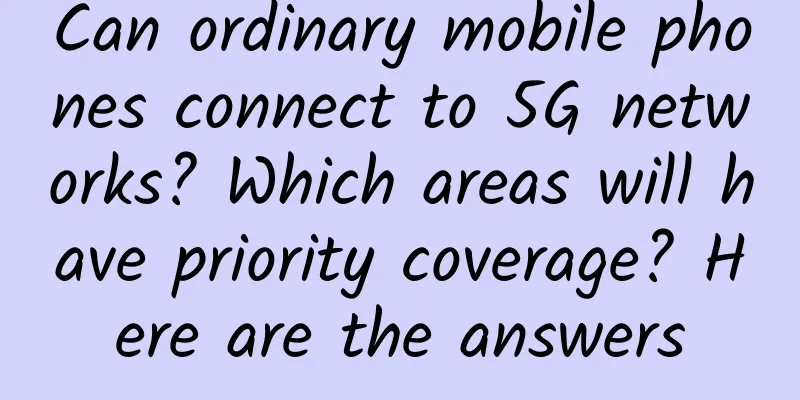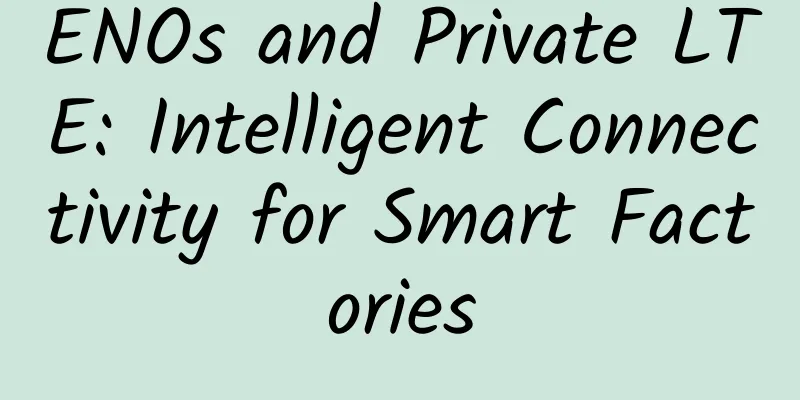When the Internet of Things collides with 5G: What are the biggest conflicts?

|
Many companies are already using IoT data to handle some problems. With the launch of 5G, the amount of data generated by billions of IoT devices will explode. Those who build flexible and fast data integration architectures will gain an absolute competitive advantage in the IoT market. Gartner estimates that by 2020, there will be 20 billion “things” connected to the Internet. These things will generate unprecedented amounts of data. At the same time, the deployment of 5G devices will increase from 2020 to 2022, which will create even more data streams. The question is: What will enterprises do with this data? To build a successful application, enterprises need to collect data not only from their own IoT devices, but also from other sources. The challenge they face will be to build an architecture that can integrate all these data sources in a way that is suitable for the explosive growth of 5G data. When new use cases emerge, this architecture can adapt to new use cases with sufficient speed and flexibility.
The challenge of growing IoT use cases Gartner predicts that 5G mobile data networks can support up to 1 million sensors per square kilometer. This level of connectivity will create two types of demands on the data architecture of organizations looking to improve operations, increase efficiency and better serve their customers:
To cope with the massive amount of data, the computing model has changed. Few organizations build and manage their own data centers at the required scale. Instead, they choose to rely on public cloud service providers and use hybrid or multi-cloud deployments. Challenges of integrating with legacy applications So, now you should understand why every enterprise should not think about their own IoT data strategy in isolation. To get the most benefit from IoT data, enterprises need to integrate it with other data sources: from traditional applications (such as enterprise resource management systems or supply chain management software) to new cloud services or SaaS applications. These applications can be installed and run in multiple different locations. Some applications prefer to remain on-premises because the cost of roaming and removing all the integration and customization layers is too high. In addition to supporting a multitude of different applications, it’s not just the data that’s important, but also how quickly the application can react to the data. Automated factories need to make decisions in near real time and cannot rely on slow, remote data sources to make decisions. At 5G speeds, this connectivity between various services should be able to handle more complex situations and use cases. Challenges of Building IoT-Based Hybrid Applications If an enterprise cannot quickly and reliably move or replicate data within its architecture, it will be difficult to create hybrid application models that take advantage of IoT data with data from other sources. While it is necessary to have multiple copies of application data, due to the distributed nature of applications, keeping all copies up to date is a challenge for enterprises if they are to gain the most benefit from IoT data. The long-term benefit of creating a hybrid cloud database that replicates data in real time is that it enables new use cases for data that was previously hidden in aging applications. The goal is to provide interoperability that would not be possible because the database and its functionality are distributed across multiple cloud providers or locations. Using a distributed computing model, where all data is independently replicated to multiple locations, allows applications to run more efficiently because data sets can be stored and processing can occur closer to where the IoT infrastructure is running. Likewise, with a multi-model approach, the same dataset can be processed and used in different ways, depending on the business needs and how the data is used. For example, an operational dataset for short-term analysis can achieve certain purposes, but may also require other data models. Search and analysis are simple use cases for these datasets, but other data models, such as graph analytics, can also be used. By looking at different ways to integrate and use this data, more use cases can be met. In the short term, adopting a hybrid cloud database solution will prepare enterprises for the massive data capacity required by the Internet of Things. It will also help integrate data into applications closer to users and customers through cloud deployments. In the long term, its ability to replicate data in real time will help manage migration to new cloud-based applications without impacting customer experience or application performance. Although we are still several years away from the large-scale implementation of 5G applications, 2019 is the time to start planning the designs and research that will make your organization’s data architecture better suited for a more connected world in the future. Businesses that research 5G and data growth ahead of time will maintain a definite competitive advantage in the future IoT market as they can more easily scale to meet the needs of the enterprise. As more data becomes available, supporting scalability, availability, and distributed computing will be critical to the success of these IoT applications! |
<<: Space Data-as-a-Service Ready to Take Off
>>: 5G will change my country's intellectual property landscape
Recommend
5G development has achieved remarkable results, and the number of terminal connections has exceeded 100 million
On the afternoon of September 22, the State Counc...
5G development is hindered, People's Daily speaks out helplessly, the three major operators should reflect on it
The 5G era means more advanced technology and fas...
Passive Optical Network (PON) Technology Video Surveillance System Solution
Faced with the rapid growth of security services ...
Oh my god, you don’t even know how to use API Gateway!
[Original article from 51CTO.com] From the evolut...
BandwagonHost: $37.3/year KVM-1GB/20GB/1TB/Fremont Data Center
In January this year, BandwagonHost released a pa...
BICS Group acquires 3m Digital Networks to accelerate transformation into communications platform provider
MicrosoftInternetExplorer402DocumentNotSpecified7....
Under heavy pressure, the three major operators began to take the road of competition and cooperation
Today, with the increasing homogeneity of the fiv...
The development of 4G proves that there is no need to wait for 5G to mature before commercial deployment
It is too early for China Mobile to advance its 5...
Warning to enterprises: Actively deploy IPv6
Enterprises have the resources and the expertise;...
5 Common SD-WAN Challenges and How to Address Them
Software-defined WAN is a feature-rich technology...
Getting Started with Software Defined Storage (SDS)
With the Internet, the Internet of Things, and bi...
What exactly is RedCap?
With the freezing of 3GPP R17, a new term has gra...
The Ministry of Industry and Information Technology stated: Promote the development of dual-gigabit networks represented by 5G and optical fiber
China has made some achievements in 5G developmen...
To get rid of the embarrassment, my country needs a "devil's pace" to accelerate IPv6
Artificial intelligence, big data, cloud computin...
There are five main differences between RS232 and RS485
Many communication protocols are often used in em...









